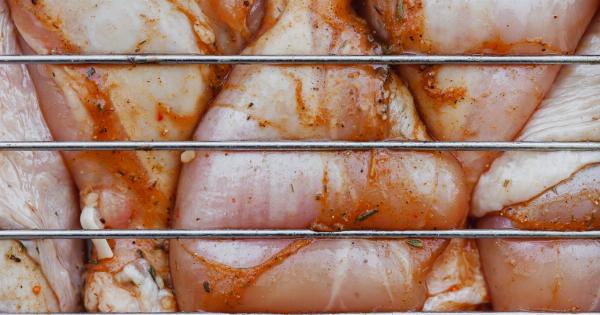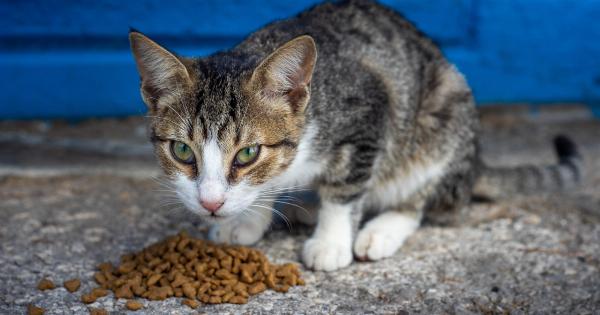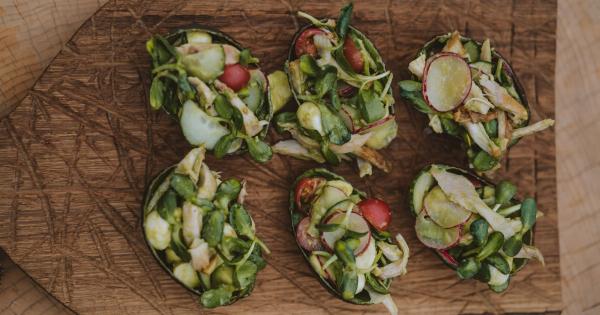When it comes to our pets, we want nothing but the best for them – from a comfortable living space to the right food. Just like humans, pets also have specific dietary requirements that need to be met for their overall health and well-being.
That’s where pet cuisine comes into play. With so many options available in the market, choosing the right pet food can be a daunting task.
In this article, we will guide you through the essential factors to consider before purchasing pet cuisine, ensuring a healthy and balanced diet for your beloved furry friend.
The Importance of Quality Pet Cuisine
Providing your pet with high-quality cuisine is essential for their overall health. The right pet food can contribute to their energy levels, immune system, coat condition, and even their life expectancy.
Inferior pet cuisine lacking proper nutrition can lead to a range of health issues, including obesity, allergies, digestive problems, and dental disorders. Therefore, it is crucial to do thorough research and carefully analyze the different options available before making a decision.
Understanding Pet Nutrition Requirements
Before diving into the world of pet cuisine, it is essential to understand the specific nutritional needs of your pet. Dogs and cats, for instance, have different dietary requirements, and the same applies to different breeds within each species.
Puppies, adult dogs, senior dogs, kittens, adult cats, and senior cats each have their own unique set of dietary requirements.
A basic understanding of macronutrients (carbohydrates, proteins, and fats) and micronutrients (vitamins and minerals) can help you make an informed decision when choosing pet cuisine.
While carbohydrates provide energy, proteins are crucial for muscle maintenance and repair. Fats play a vital role in providing essential fatty acids and maintaining healthy skin and coat. In addition, vitamins and minerals support various body functions, including immune health and bone development.
Identifying Reliable Pet Food Brands
With the plethora of options available in the market, it is important to identify reliable pet food brands that prioritize quality and nutrition. Here are a few tips to help you choose the right brand:.
1. Research the Brand’s Reputation
Start by researching the brand’s reputation. Look for brands that have been in the industry for a significant amount of time and have a good track record.
Reading customer reviews and testimonials can give you valuable insights into the brand’s reliability and the effectiveness of their pet cuisine.
2. Check the Ingredients List
Pay careful attention to the ingredients list on the packaging of pet cuisine. The first few ingredients listed should ideally be high-quality protein sources, such as meat or fish.
Avoid brands that use generic terms like “meat by-products” or “animal meal” as these can indicate lower-quality ingredients. Additionally, ensure that the pet food contains a good balance of protein, fats, and carbohydrates, along with essential vitamins and minerals.
3. Look for AAFCO Certification
The Association of American Feed Control Officials (AAFCO) sets standards and regulations for pet foods in the United States.
Look for the AAFCO statement on the packaging, indicating that the pet cuisine meets their guidelines for complete and balanced nutrition. This ensures that the brand has conducted feeding tests or formulated their product to meet the necessary standards.
4. Consider Specific Dietary Needs
If your pet has any specific dietary needs or health conditions, it is important to choose pet cuisine that caters to those requirements. For instance, if your pet is allergic to certain ingredients, look for hypoallergenic options.
If your pet has joint issues, consider pet cuisine with added glucosamine and chondroitin for joint support.
Types of Pet Cuisine
Pet cuisine comes in various forms to suit different preferences and requirements. Here are some common types of pet cuisine:.
1. Dry Pet Food
Dry pet food, also known as kibble, is one of the most popular options on the market. It is convenient, cost-effective, and has a long shelf life.
Dry pet food is also beneficial for dental health, as the crunchy texture helps reduce tartar and plaque buildup. However, it is important to choose high-quality dry pet food that meets all nutritional requirements.
2. Wet Pet Food
Wet pet food typically comes in cans or pouches and has a higher moisture content than dry pet food. It is a good option for pets with dental issues or those who do not drink enough water.
Wet pet food is known for its palatability and variety, with options ranging from chunks in gravy to pâté-like textures. However, it is important to note that wet pet food can be more expensive and has a shorter shelf life once opened.
3. Raw Pet Food
Raw pet food, also known as a raw diet or BARF (Biologically Appropriate Raw Food), is a relatively new trend in pet cuisine. It involves feeding pets a diet that closely resembles what their ancestors would have eaten in the wild.
Raw pet food typically consists of uncooked meat, bones, organs, and vegetables. Proponents of raw pet food claim that it provides numerous health benefits, such as improved digestion, healthier skin, and coat, and increased energy levels.
However, it is essential to handle raw pet food safely to avoid any potential health risks for both pets and humans.
Introducing Pet Cuisine Safely
When transitioning your pet to a new type or brand of cuisine, it is important to do so gradually to avoid digestive upset. Here are some tips for introducing pet cuisine safely:.
1. Gradual Transition
Start by mixing small amounts of the new pet cuisine with your pet’s old food. Gradually increase the proportion of the new food over a week or two until your pet is fully transitioned.
This slow transition allows their digestive system to adjust to the new ingredients.
2. Monitor Your Pet’s Reaction
Observe your pet closely during the transition period and in the weeks that follow. Look out for any signs of digestive upset, including vomiting, diarrhea, or a sudden change in appetite. If you notice any concerning symptoms, consult your veterinarian.
3. Stay Consistent
Once you have found the right pet cuisine for your furry friend, it is important to stick to it. Frequent changes in diet can disturb your pet’s digestive system and lead to issues.
However, if you need to switch pet cuisine due to a specific recommendation from your veterinarian or dietary requirements, make sure to follow a gradual transition process again.
Conclusion
Choosing the right pet cuisine is a crucial decision that can have a significant impact on your pet’s health and well-being.
Understanding their specific dietary requirements, researching reliable pet food brands, and considering different types of pet cuisine can help you make an informed choice. Remember to introduce any changes gradually and monitor your pet’s reaction. Providing your furry friend with a balanced and nutritious diet will lead to a happy and healthy life together.




























